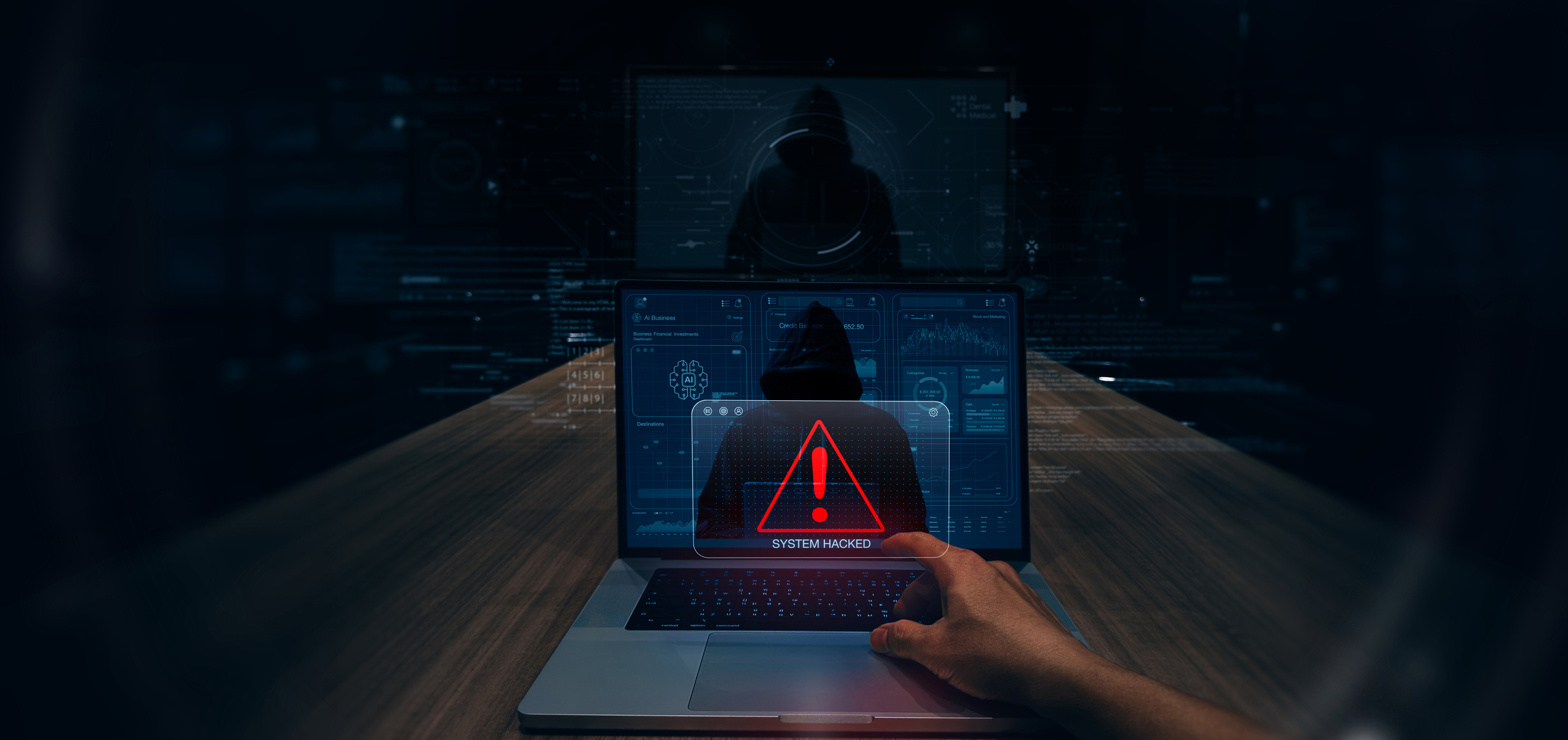Overview
Fidelity National Financial (FNF), a prominent title insurance giant, finds itself in the throes of a significant cyberattack, resulting in disruptive service interruptions. This incident has a far-reaching impact on critical services, including title insurance, escrow, mortgage transaction services, and technology supporting the real estate and mortgage industries. The cyberattack has prompted FNF to take down multiple systems in an urgent bid to contain and neutralize the threat. Detected just before Thanksgiving, the incident raises concerns about the potential compromise of sensitive data and critical systems. The notorious Alphv/BlackCat ransomware group has claimed responsibility, further emphasizing the severity of the situation and the need for a comprehensive response.
The organization's network was compromised through unauthorized access, with the attackers gaining entry to unspecified systems. The method of compromise, whether through a phishing email or a compromised server, remains undisclosed. The discovery of stolen credentials indicates a potential avenue through which the attackers infiltrated the network, raising questions about the organization's authentication and access control mechanisms.
The cyberattack has had a profound impact on FNF's operations, however, the F&G Annuities & Life subsidiary, responsible for insurance solutions, has been confirmed as unaffected, highlighting a potential segmentation of the attack.
Response and Recovery
Immediate and decisive actions were taken to contain the ransomware and limit its spread within Fidelity National Financials' network. Simultaneously, an investigation was promptly launched, demonstrating a commitment to identifying the root cause and scope of the incident. Law enforcement agencies were notified, ensuring external support in addressing the criminal aspects of the cyberattack. The communication strategy involved ongoing updates to stakeholders, including executives, employees, and potentially affected customers. Transparency has been maintained throughout, with the organization acknowledging the threat and collaborating with relevant authorities.
Fidelity continues to actively engage in efforts to restore affected systems and data. The expected downtime and the subsequent impact on business operations are under evaluation, with a focus on minimizing disruptions. A comprehensive recovery plan is essential to expedite the restoration process and mitigate potential financial and reputational damages resulting from the extended downtime, but details are limited at this time.
Mitigation (Technical approach/hardening)
In response to the incident, there is a concerted effort to strengthen security measures and enhance the organization's overall cybersecurity posture. Technical approaches for hardening defenses are being explored, with a focus on closing potential vulnerabilities exploited in the cyberattack. The incident serves as a valuable learning experience, and the lessons gleaned will play a pivotal role in informing future security practices. The organization is actively considering additional measures to prevent future ransomware attacks, incorporating insights from the incident into an evolving and adaptive cybersecurity strategy.
Recommendations
Executives and organizational leaders must undertake strategic measures to prevent the occurrence of these incidents. Strengthening cybersecurity protocols should be prioritized, encompassing regular audits, updates, and the deployment of advanced threat detection mechanisms.
- Executives should allocate resources to invest in advanced threat detection systems. Implementing cutting-edge technologies that can identify and respond to evolving cyber threats in real-time will enhance the organization's ability to detect and neutralize potential attacks before they escalate.
- Strengthening the human firewall is critical. Executives should prioritize ongoing cybersecurity training for employees, focusing on the identification of phishing attempts, best practices for password management, and recognizing social engineering tactics. A well-informed workforce is a formidable line of defense.
- Ensure that software, systems, and security protocols are regularly updated to patch any known vulnerabilities and maintain a robust defense against emerging threats.
- Evaluate and refine the organization's incident response plan. Regularly test the plan through simulations to ensure that all stakeholders are familiar with their roles and that the plan is effective in mitigating the impact of a cyber incident. Continuous improvement is essential for an adaptive and responsive cybersecurity strategy.
- Consider bringing in external cybersecurity experts to conduct regular risk assessments. These experts can provide valuable insights into emerging threats, assess the organization's current security posture, and recommend specific measures to address potential weaknesses.
- Move towards a Zero Trust Architecture, where trust is never assumed, and verification is required from anyone trying to access resources in the network. This approach minimizes the risk of lateral movement by attackers and enhances overall security.
- Define and communicate clear protocols for incident communication. Ensure that there is a well-defined process for informing both internal and external stakeholders about a cybersecurity incident. Timely and transparent communication is crucial for maintaining trust and minimizing reputational damage.
- Foster collaboration with other organizations in the industry to share threat intelligence and best practices. Participating in information-sharing forums and industry alliances can provide valuable insights into emerging threats and effective cybersecurity strategies.
- Evaluate the organization's cyber insurance coverage to ensure it aligns with the evolving threat landscape. Cyber insurance can be a valuable resource in mitigating financial losses and facilitating a smoother recovery in the aftermath of a cyber incident.
- Organize regular tabletop exercises that simulate various cyberattack scenarios. This will help executives and the incident response team to practice their roles, identify areas for improvement, and enhance the organization's overall readiness to respond effectively to cyber threats.


.webp)

.jpg)


